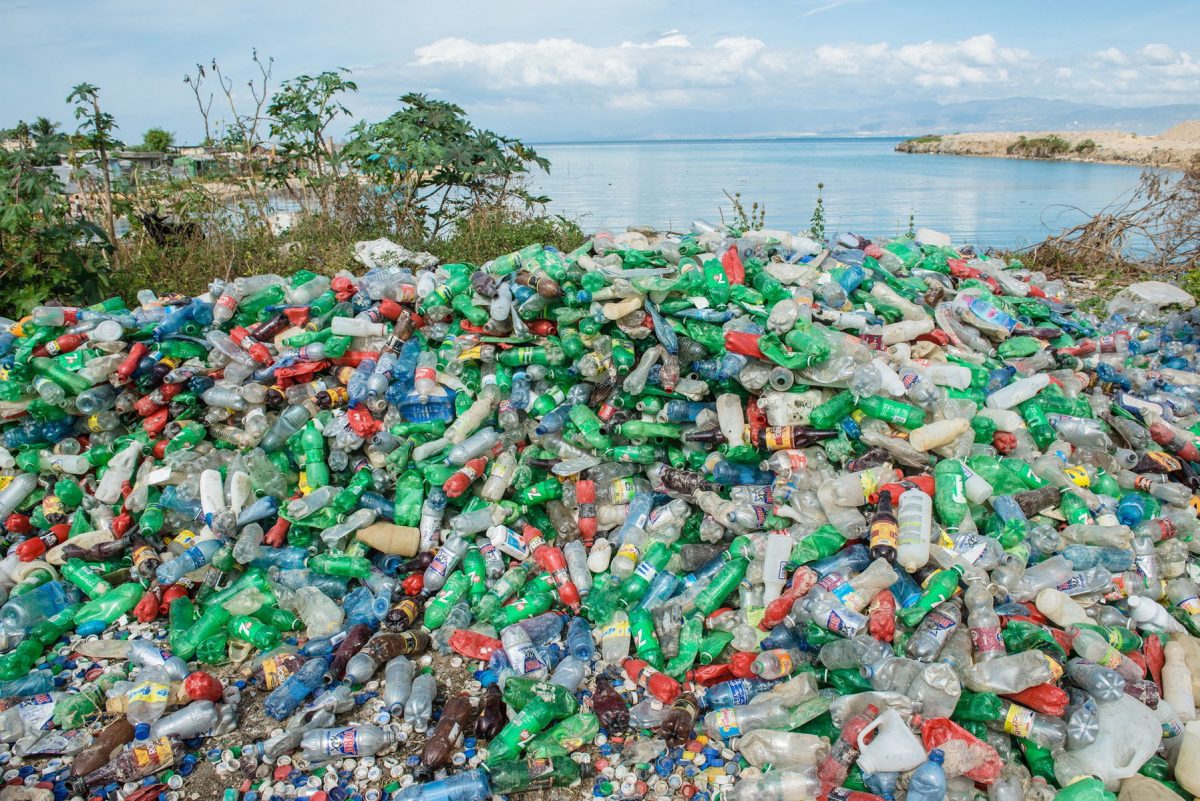The outcomes of the just concluded United Nations-organised conference in Nairobi, Kenya on an internationally binding agreement designed to rein in what is now globally regarded as a crisis resulting from the unstoppable proliferation of plastics and the attendant environmental consequences may well have missed the attention of those who may have opted for monitoring the ongoing crisis in Eastern Europe.
That said, the UN, two days ago approved a landmark agreement that seeks to create what is intended to be the world’s first-ever global plastic pollution treaty, the countries represented at the meeting describing it as the most globally significant environmental deal struck since the ground-breaking Paris Climate Change Accord.
Even now, however, the deal still remains unsealed. What member states of the UN that had assembled in Nairobi agreed was on an outline of what it hopes will eventually be a pact that will stop the juggernaut of soaring plastic pollution and its environmental crisis that extends from trenches and rivers in poor countries to the vast global oceans upon which the entire international community depends for so much.
The Nairobi Agreement may be no more than a single step in what is expected to be a challenging journey, still, government delegations that attended the meeting reportedly punched the air in elation following the adoption of a resolution that is seen as the first major step towards the creation of a legally binding plastic pollution treaty which is expected to be ready for finalisation in 2024.
After the resolution had been adopted, United Nations Environment Assembly (UNEA) President Espen Barth Eide declared that plastic pollution had “grown into an epidemic” and that what the Nairobi resolution had done was to place the world “on track for a cure.”
Going forward, the UNEA will task an inter-governmental committee with negotiating a binding treaty that will have ripple effects on businesses and economies around the world.
This is where, however, the rubber is likely to hit the road. Any treaty that puts restrictions on plastic production, use or design, is bound to get the attention of the global oil and chemicals companies that make raw plastic, as well as consumer goods giants that sell millions of products in single-use packaging. There can be no overstating the sheer power of this lobby and the fight for a binding treaty could witness yet another a fierce environmental ‘war’ involving the global oil & gas industry.
Whether major plastics-producing countries including the United States, India, China, and Japan will be prepared to subsume their economic interests beneath environmental concerns associated with a global proliferation of plastics is unclear.
Even amongst those countries that have endorsed the Nairobi Agreement, there are reported disagreements over what should be included in a final pact, a division which is seen by some countries as a difference of opinion “between those who are ambitious and want to find a solution and those who don’t want to find a solution for whatever reasons,” according to one of the delegates in Nairobi. It was a pronouncement that prompted delegates at the meeting to describe the resolution as “only the end of the beginning.”
That pronouncement appears entirely plausible when account is taken of the fact that, going forward, powerful oil companies reportedly plan to invest millions into the plastics industry since they see the global demand for plastics continuing to grow. It is a position that appears to be indifferent to the reality that many, perhaps most nations, favour legislation that at least curbs plastic use.
Overall, plastics are estimated to impose a cost of US$1,000 per tonne through CO2 emissions, air pollution, and collection costs.
In developing countries like Guyana, already overwhelmed by the environmental costs associated with what has become the uncontrollably indiscriminate disposal of single-use plastics, there are no easy solutions
Upwards of 400 million metric tonnes of plastics are produced globally each year.
The COVID-19 pandemic and accelerating green growth around the world have eviscerated many of the oil industry’s dogmas: that renewables would suffer from high costs, that governments would slow-walk environmental commitments, that investors would continue to reward long-term bets on oil with generous market values.
While only an estimated 9% of all the oil recovered globally is used to manufacture plastics, oil companies appear to have taken the position that the rate of demand growth for plastics has made it an appealing investment. Put differently, the incentives to cut back on plastics production is not great. Equally depressing are reports that the Paris-based International Energy Agency (IEA) expects plastic production to reach some 540 million metric tonnes by 2040, an increase of more than a quarter from current levels. That demand increase will reportedly account for around 45% of total oil demand growth, reportedly the largest single component of oil demand.






